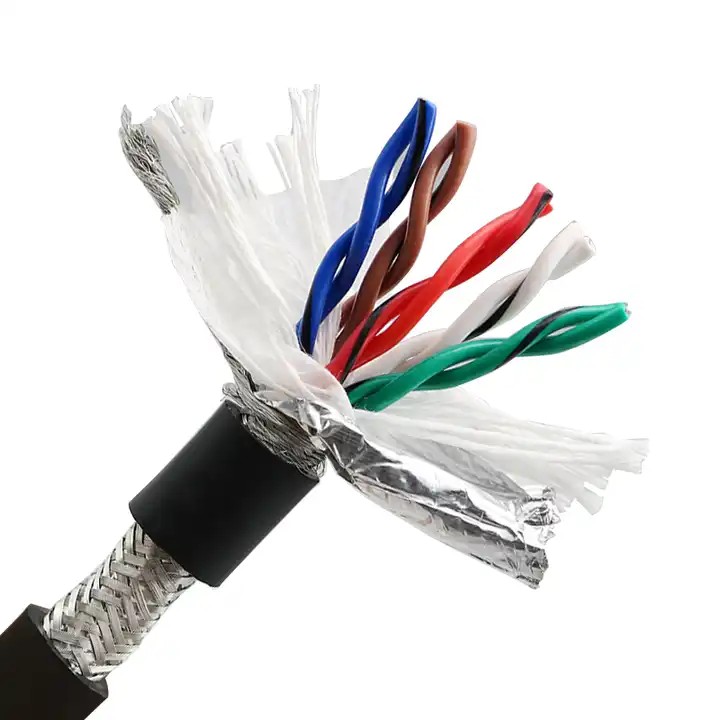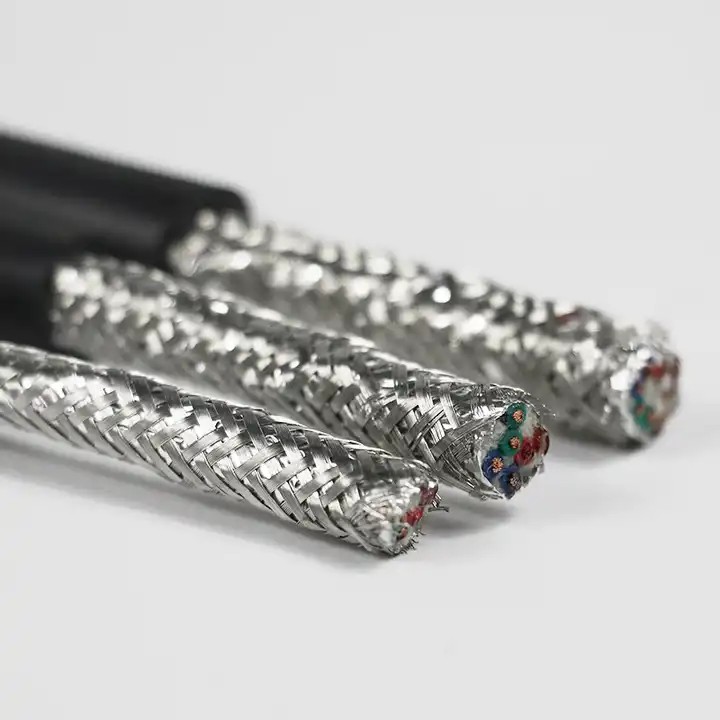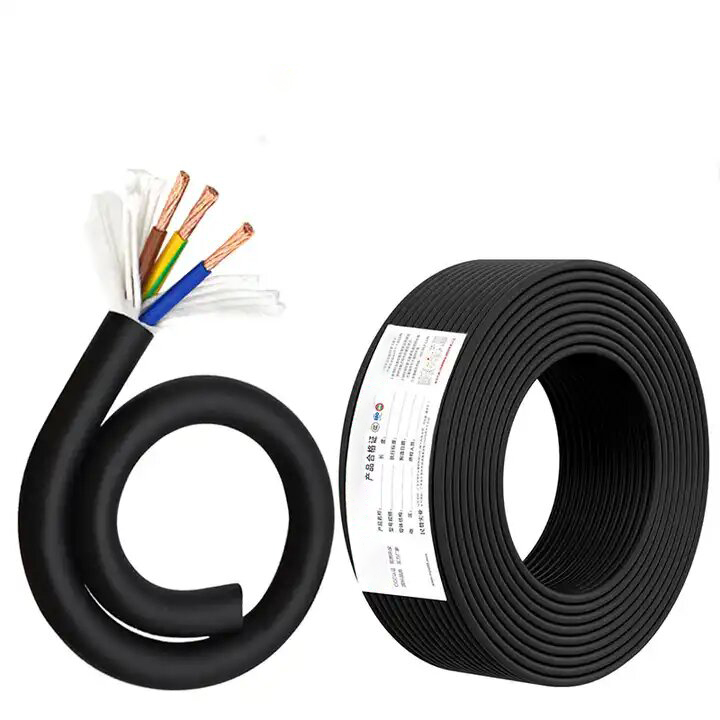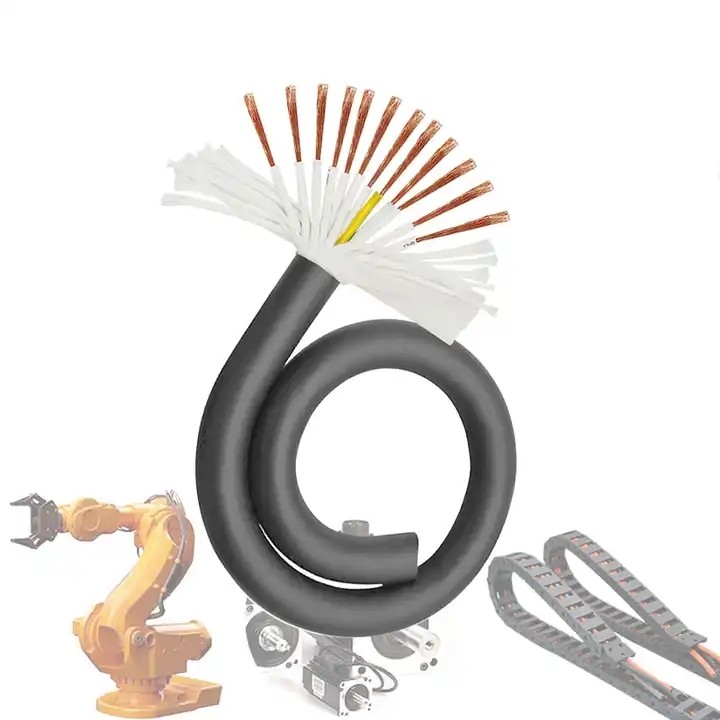How Do Flexible Ethernet Cables Ensure Long-Term Performance in OEM Projects?
Published:
2025-10-22 10:35:56
Choose TL-LINK for reliable OEM solutions: flexible industrial Ethernet cables ensuring durable, high-speed connectivity
In modern industrial and OEM (Original Equipment Manufacturer) environments, reliable data transmission is the backbone of productivity. From automated machinery to robotic systems, every component relies on stable communication. That’s why many manufacturers now turn to flexible Ethernet cables—built to handle motion, vibration, and continuous operation—without signal loss or premature wear.
In this article, we’ll explore how flexible industrial Ethernet cables guarantee long-term performance in OEM applications and why TL-LINK is the trusted partner for customized cable solutions.
Why Reliability Matters in OEM Ethernet Systems
1. The Demands of Modern OEM Applications
OEM projects often involve automated assembly lines, robotics, and motion control systems, where cables bend thousands of times daily. Traditional Ethernet cables can’t endure constant movement—they break, twist, or lose conductivity over time.
2. The Cost of Downtime
When an Ethernet cable fails, communication between devices stops. In OEM environments, even a few minutes of downtime can lead to production delays, equipment recalibration, and lost revenue. This is why long-life flexible Ethernet cables are critical—they minimize maintenance and ensure uninterrupted operation.
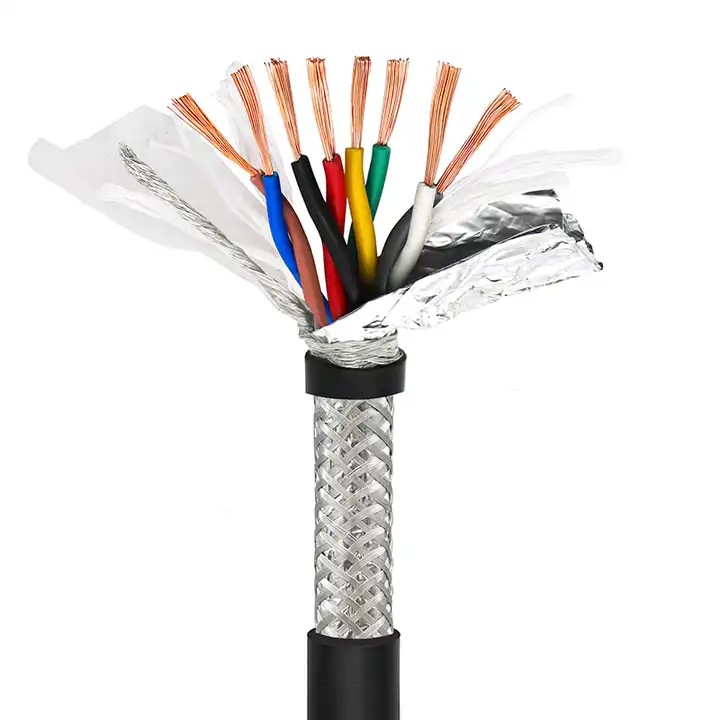
Key Features That Make Flexible Ethernet Cables Long-Lasting
1. High Flexibility and Motion Endurance
A flexible industrial Ethernet cable is specifically engineered for continuous motion. Using fine-stranded copper conductors and high-flex insulation, it withstands millions of bending cycles without fatigue.
Designed for robotic arms, conveyors, and automation systems
Suitable for dynamic drag chain installations
Maintains full electrical performance under repeated flexing
2. Robust Outer Jacket for Harsh Environments
The cable’s outer sheath is made from PUR (polyurethane) or TPE (thermoplastic elastomer), providing resistance to oils, chemicals, and mechanical stress. This ensures the cable performs even in demanding factory or outdoor conditions.
3. Shielded for Electromagnetic Protection
Industrial environments often produce high electromagnetic interference (EMI). TL-LINK’s shielded Ethernet cables feature braided or foil shielding, protecting data signals from distortion and maintaining Gigabit Ethernet speed.
4. Enhanced Data Integrity and Signal Stability
Even after years of movement, a high-quality OEM Ethernet cable should deliver consistent transmission. TL-LINK uses oxygen-free copper cores and low-capacitance insulation to guarantee stable, low-loss data transfer.
Benefits of Using Flexible Ethernet Cables in OEM Projects
1. Increased System Reliability
OEM systems depend on uninterrupted communication between PLCs, sensors, and machines. With flexible industrial Ethernet cables, signal loss and connection errors are greatly reduced, ensuring smoother production processes.
2. Reduced Maintenance Costs
Durable Ethernet cables mean fewer replacements and less downtime. Over time, this reduces total cost of ownership (TCO) and boosts productivity across manufacturing facilities.
3. Simplified Cable Management
Flexible Ethernet cables are thinner and lighter, making routing easier inside tight enclosures or robotic arms. This simplifies integration and improves system aesthetics and efficiency.
4. Compatibility with Modern Protocols
Most flexible Ethernet cables support Cat5e, Cat6, or Cat6a standards, ensuring compatibility with modern industrial communication protocols such as Profinet, EtherCAT, and Modbus TCP.
How TL-LINK Ensures Quality and Customization for OEM Clients
When it comes to industrial cabling, one size doesn’t fit all. Every OEM project has unique electrical, mechanical, and environmental requirements. That’s why TL-LINK specializes in custom flexible Ethernet cable solutions tailored to your application.
1. Custom Design Options
TL-LINK offers OEM/ODM customization, including:
Cable length and conductor size customization
Shielding structure (foil, braid, or hybrid)
Jacket material selection (PVC, PUR, TPE)
Color coding, logo printing, and labeling
2. Stringent Quality Assurance
All TL-LINK cables undergo bending life tests, tensile tests, and temperature endurance testing. The products meet international standards such as ISO 9001, CE, and RoHS, ensuring durability and safety.
3. Flexible MOQ and Global Support
For international distributors and B2B clients, TL-LINK provides low minimum order quantities (MOQ) and door-to-door logistics, helping small and large OEMs scale efficiently.
4. Expertise in Industrial Networking
With years of experience in industrial automation and connectivity, TL-LINK’s engineering team helps clients select optimal cabling structures for specific OEM systems—ensuring maximum performance at minimum cost.
Applications of Flexible Industrial Ethernet Cables
1. Robotics and Automation
Flexible cables are crucial for robotic joints and moving machine parts. They maintain signal stability even under high dynamic stress.
2. Packaging and Conveyor Systems
In constant-motion systems, cables experience repetitive bending. TL-LINK’s cables ensure smooth communication between controllers and actuators.
3. CNC Machinery and Motion Control
In precision manufacturing, stable Ethernet connections ensure real-time feedback and error-free coordination between tools.
4. Smart Factory and IIoT Systems
For intelligent manufacturing, industrial Ethernet is the communication backbone. Flexible Ethernet cables guarantee high-speed, interference-free data transmission across connected equipment.
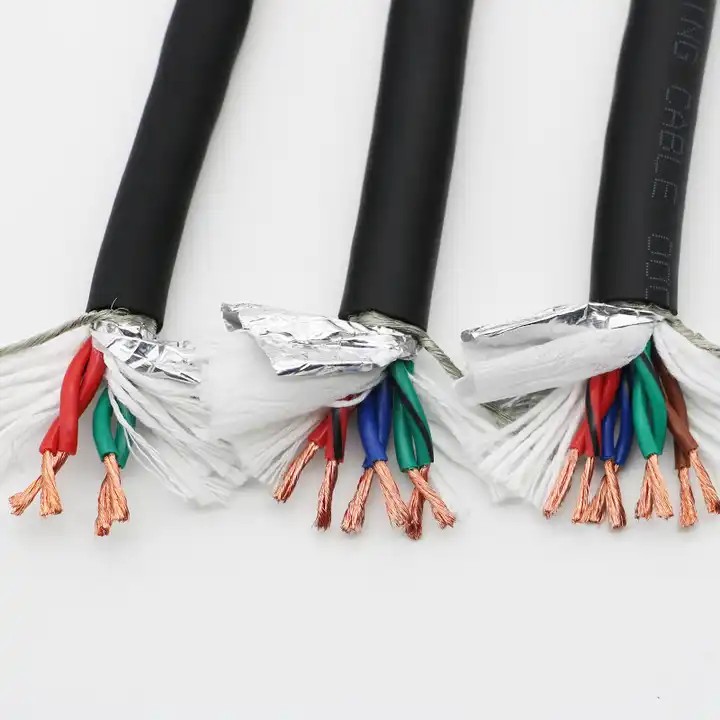
How to Choose the Right Flexible Ethernet Cable for Your Project
When selecting cables for OEM applications, consider the following factors:
Bending Radius: Smaller radius = more flexibility
Shielding Type: Choose braided or foil shielding for EMI protection
Temperature Range: Ensure the cable withstands your operating environment
Category Standard: Match Cat5e, Cat6, or Cat6a to your data needs
Certifications: Always look for ISO, CE, or UL certification for quality assurance
TL-LINK engineers can help you evaluate your requirements and design the perfect flexible industrial Ethernet cable for long-term reliability.
Conclusion
Long-term performance in OEM projects depends heavily on the quality and durability of your cabling. A flexible Ethernet cable not only withstands mechanical stress but also guarantees stable data transmission for years of operation.
By choosing TL-LINK, OEM manufacturers and industrial integrators gain access to customized, high-performance cable solutions that enhance reliability, reduce maintenance, and extend equipment lifespan. In short — TL-LINK helps your systems stay connected, flexible, and future-ready.
Frequently Asked Questions (FAQ)
Q1: What’s the lifespan of a flexible industrial Ethernet cable?
A: Depending on material and usage, TL-LINK’s cables can endure over 10 million bending cycles without losing performance.
Q2: Can TL-LINK customize cables for specific OEM machinery?
A: Yes. We offer OEM/ODM services including custom lengths, jacket materials, shielding, and labeling for your brand or system design.
Q3: Are flexible Ethernet cables compatible with Profinet or EtherCAT?
A: Absolutely. TL-LINK’s cables support multiple industrial Ethernet protocols, ensuring seamless integration into automation networks.



